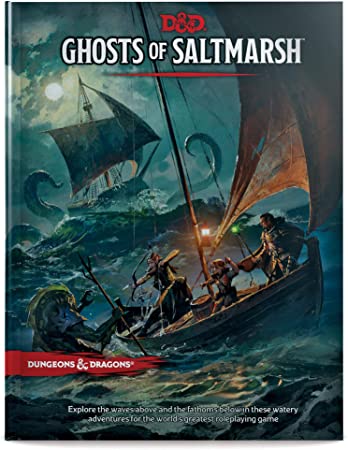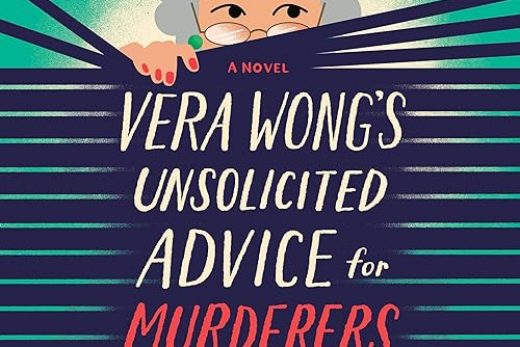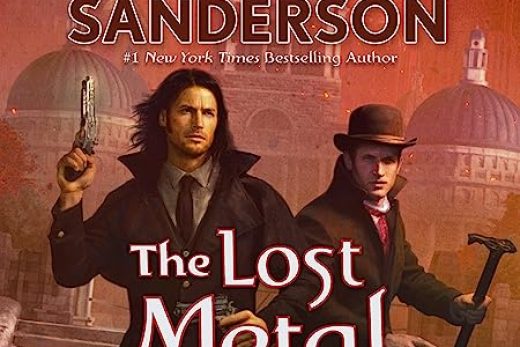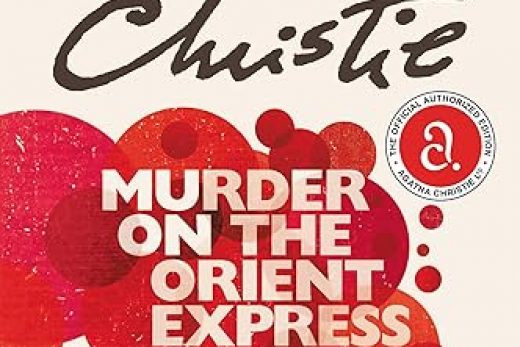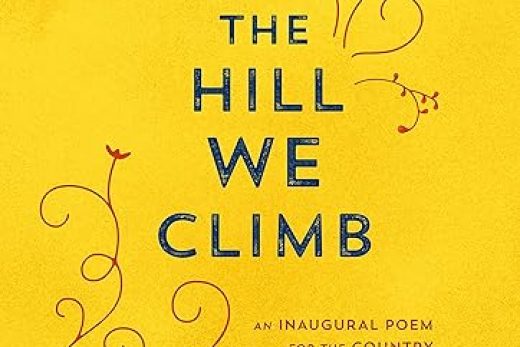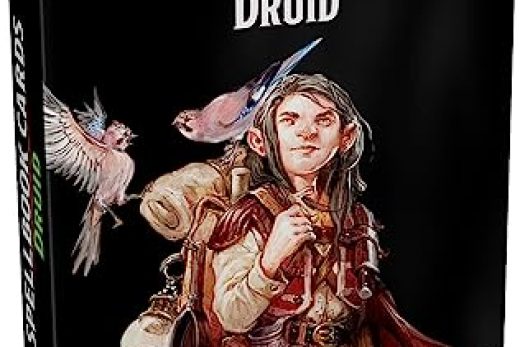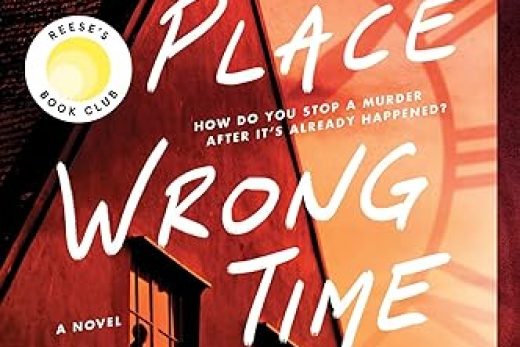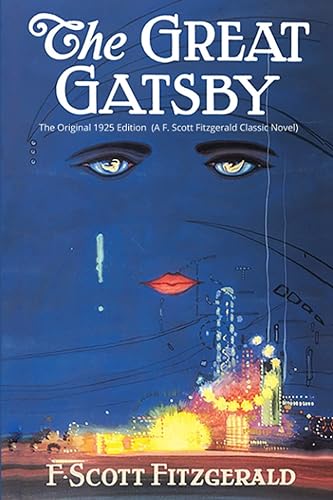
F. Scott Fitzgerald’s magnum opus delves deep into the allure, pretensions, and fallacies of the American Dream. Set in the Roaring Twenties, it follows the life of Jay Gatsby, a mysterious millionaire who throws extravagant parties in hopes of reuniting with his lost love, Daisy Buchanan.
Key highlights:
Rich Narrative: Fitzgerald paints a vivid picture of the Jazz Age, replete with lavish parties, shimmering dresses, and an underlying sense of decay.
Complex Characters: Each character, from the enigmatic Gatsby to the cynical Nick Carraway, offers a unique perspective on ambition, love, and society.
Symbolism: The green light at the end of Daisy’s dock, the looming eyes of Dr. T.J. Eckleburg, and the divide between East and West Egg are potent symbols that drive the narrative and themes.
Social Commentary: The book critiques the emptiness of wealth, the relentless pursuit of pleasure, and the stark divides of class and morality in 1920s America.
Why one should delve into this story:
Universal Themes: Even though it’s set nearly a century ago, the story’s exploration of ambition, love, betrayal, and the pursuit of happiness resonates today.
Literary Excellence: Fitzgerald’s prose is a marvel. His poetic language and adeptness at evoking emotion make it a rewarding read.
Cultural Insight: It offers a window into the Jazz Age, helping readers understand the complexities and dynamics of that era.
In essence, Fitzgerald’s narrative is a timeless exploration of dreams, desires, and disillusionments. It is more than just a novel; it’s a reflection on the human condition and the relentless pursuit of the ephemeral.
Note: Always be cautious of common misconceptions, such as confusing ‘principal’ with ‘principle’ or ‘affect’ with ‘effect’ when discussing literary elements and themes.

